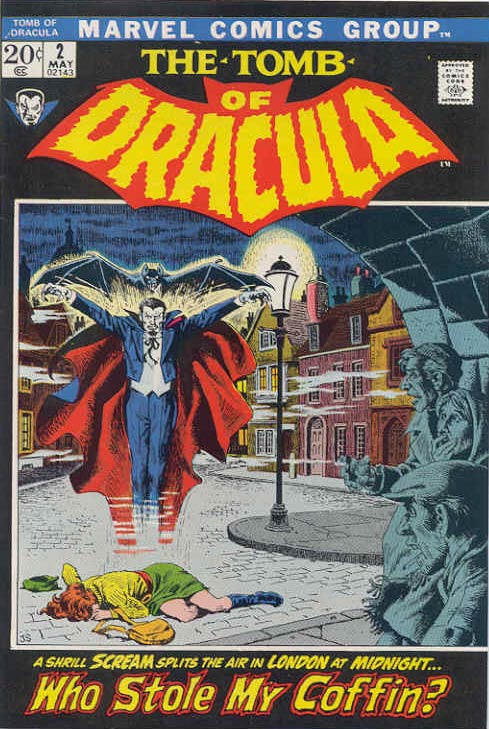Art of the Genre: The DM Screen
When it comes to RPG art, there’re certainly a good number of pieces that will stick out in player’s minds for any number of reasons. Some of us remember images we based characters off of, some fell in love with representations of beautiful women, and others used specific books so much that the cover images turned into old friends.
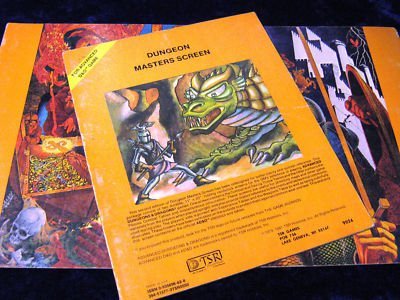
Still, I believe that there is one particular set of RPG images that wedge themselves heavily in the mind of ALL gamers, and those are found on the reverse side of DM Screens. I don’t care what generation or edition of the game you’ve played, as a player you’ve spent countless hours staring at the art on those screens.
Truly, even if you’re not an ‘art guy,’ you’ve managed to study details in the images on those screens you’d never have noticed otherwise. The characters depicted are memories burned into your subconscious like a kind of Pavlovian conditioning, even a glance at those images giving rise to the urge to game no matter how many years you’ve been away from the table.
I started playing D&D Basic, which of course had no screens, but when I met my oldest gaming friend, Mark, I was introduced to a DM’s screen for the first time and the rest is history.
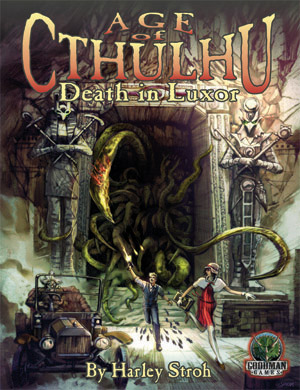 If you’re in the mood for some good horror encounters with the dark forces of the Great Old Ones, then the new Age of Cthulhu line from Goodman Games may be of interest. Vincent Darlage reviewed the first installment in this set of game modules. (Links to other Cthulhu resources at the bottom of this post.)
If you’re in the mood for some good horror encounters with the dark forces of the Great Old Ones, then the new Age of Cthulhu line from Goodman Games may be of interest. Vincent Darlage reviewed the first installment in this set of game modules. (Links to other Cthulhu resources at the bottom of this post.)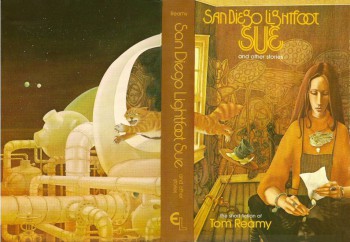
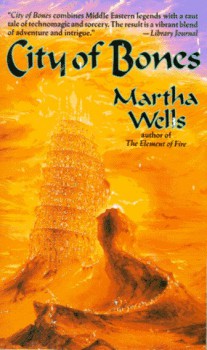

 This is the second of three posts prompted by a recent re-reading of The Lord of the Rings. As I said in
This is the second of three posts prompted by a recent re-reading of The Lord of the Rings. As I said in 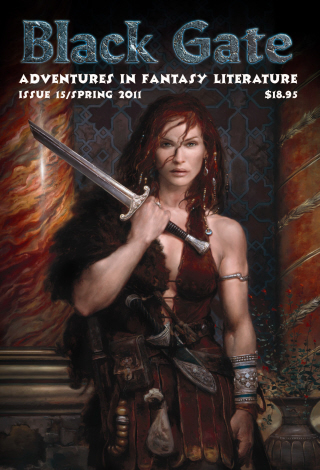
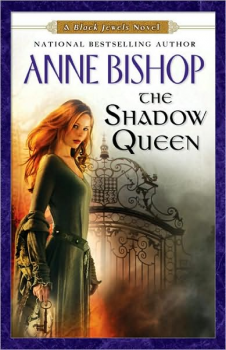 The Shadow Queen
The Shadow Queen I’ve sometimes bought a book without knowing anything about it because it had a cool cover. Similarly, I’ve been drawn to read a story because of a cool title.
I’ve sometimes bought a book without knowing anything about it because it had a cool cover. Similarly, I’ve been drawn to read a story because of a cool title.
